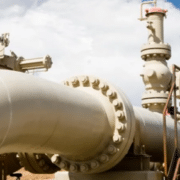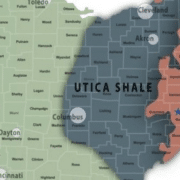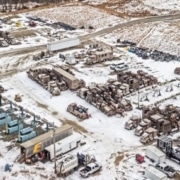Natural gas price prediction whipsawed first moving higher and then reversing course closing down 1.7% on the trading session.
Natural gas prices whipsawed moving lower after hitting a fresh 5-week high. Support is seen near a trend line break out experienced at the tail end of last week near 2.34. Resistance on natural gas prices is seen near the July highs at 2.47.
Medium-term momentum remains positive. The MACD (moving average convergence divergence) histogram prints in black with an upward-sloping trajectory. This points to higher prices. Short-term momentum is neural as the fast-stochastic reverses after hitting a reading above the overbought trigger level of 80.
Net Injections Rise
Net injections into storage totaled 98 Bcf for the week ending June 21. Comparing it with the five-year average net injections of 70 Bcf and last year’s net injections of 71 Bcf during the same week. Expectations were for a larger build. Working gas stocks totaled 2,301 Bcf, which is 171 Bcf lower than the five-year average and 236 Bcf more than last year at this time. Natural gas analysts, estimates of the weekly net change from working natural gas stocks ranged from net injections of 95 Bcf to 111 Bcf, with a median estimate of 100 Bcf.
The average rate of net injections into storage is 39% higher than the five-year average so far in the refill season. If the rate of injections into storage matched the five-year average of 9.2 Bcf per day for the remainder of the refill season, total inventories would be 3,521 Bcf on October 31, which is 171 Bcf lower than the five-year average of 3,692 Bcf for that time of year.
Read the full article here
Source: FXempire.com
If you have further questions related to Natural gas price prediction, reach out to us here.












